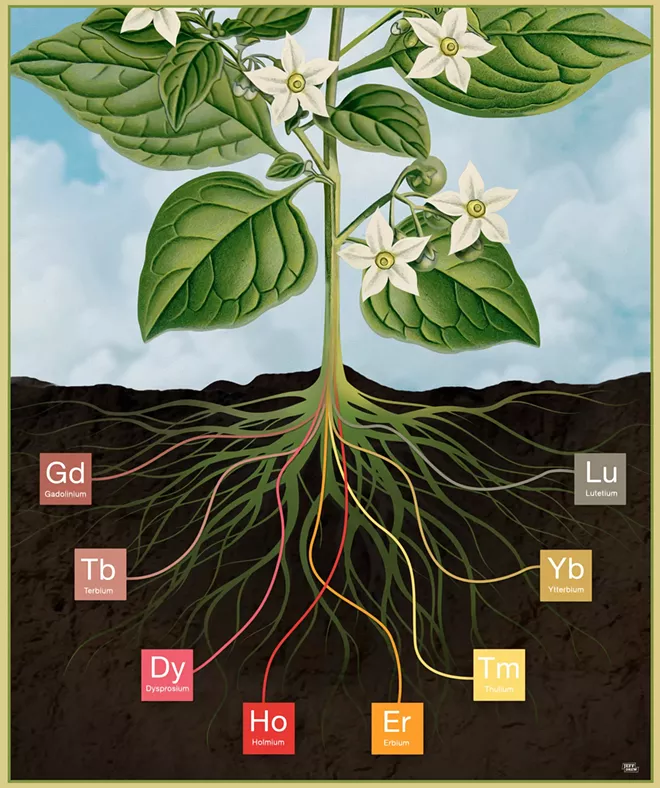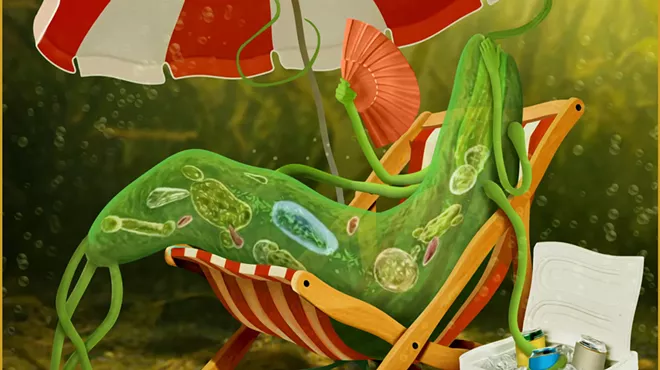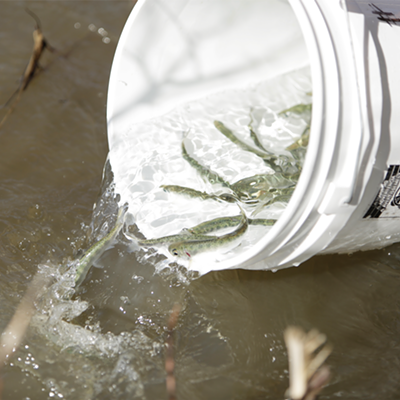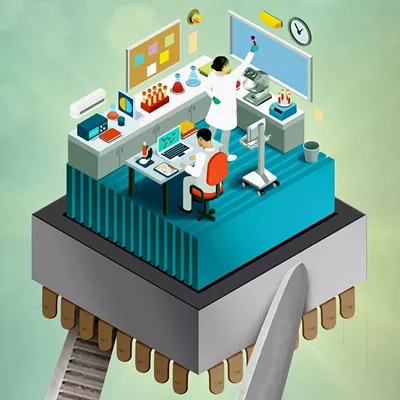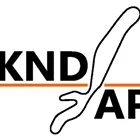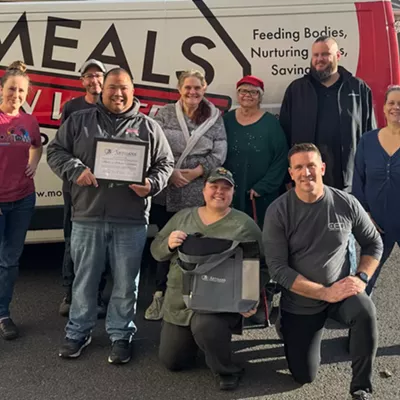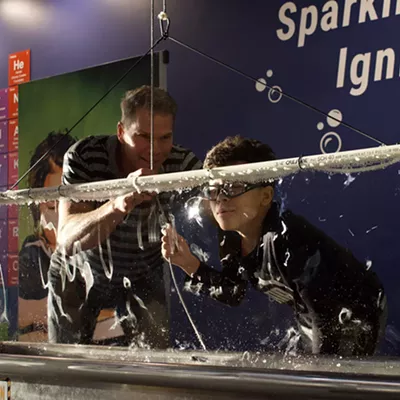Imagine a plant pulling not just water and soil nutrients up through its roots, but also raw materials for use in electric vehicles and high-intensity magnets.
While that might sound like something plucked from a science-fiction movie, researchers at the University of Idaho are working to make it a reality.
Called rare-earth elements, these minerals aren't actually rare in quantity, but are difficult to locate and extract from soil and ore. They're crucial components of many different technologies, particularly renewable energy alternatives.
"These elements have applications in clean energy like wind turbines, solar panels, electric vehicles, cutting-edge technology like laptops and cellphones," says Amin Mirkouei, an assistant professor who's leading the project at UI's College of Engineering.
Idaho has abundant reserves of these elements at several locations, including Lemhi Pass and Diamond Creek, Mirkouei says.
Rare-earth elements are also present in many electronics that have been added to landfills. According to a 2019 report by the United Nations, the world produces 50 million tons of electronic waste, of which only 20 percent is recycled.
Part of Mirkouei's team's research involves finding ways to extract rare-earth elements from these electronics to provide sustainable and cost-effective methods to reduce both waste and environmental harm resulting from mining methods.
Current extraction methods are not only bad for the environment, but unsustainable. Most of the U.S. supply of rare-earth elements are imported from China, which produces over 80 percent of the world's supply.
"The focus is on using Idaho resources, because Idaho has high reserves of some of these elements," Mirkouei says. "We can use local sources, create more jobs, and it addresses lots of national security concerns such as cyber security and energy security."
The research, funded by the Idaho Global Entrepreneurial Mission through a $440,000 grant, focuses on two methods of extraction: Phytomining uses plants to extract and concentrate metals, while bioleaching is a process using bacteria or acids to extract rare-earth elements from soil and ore.
At the University of Idaho, plants like nightshade, pokeweed, and brown mustard have been used to pull minerals from the soil.
Next the plants are harvested and processed to remove undesired minerals and byproducts from the rare-earth elements. Processing is primarily done through pyrolysis, or the heating of a material in the absence of oxygen, resulting in bio-ore or biochar from which the rare-earth elements can then be extracted.
The other process being researched is bioleaching, which is used when dissolving and extracting gold from ores.
Traditionally this method uses harmful chemicals like cyanide, while also producing hazardous waste that can have harmful health impacts for nearby residents if the materials and waste output are poorly handled and enter waterways.
Bioleaching serves a similar purpose to phytomining, but can be more effective at extracting minerals from low-grade ores, as well as from electronic and industrial waste.
Mirkouei's team is mainly using gluconic acid, which comes from gluconic bacteria, to extract the elements. The acid oxidizes the metallic sulfides in ore or soil, producing sulfuric acid that contains high levels of rare-earth elements.
In addition to creating more domestic dependence for the production of these elements, the team is focusing on finding sustainable alternatives to traditional mining and to lower carbon emissions from such energy-intensive processes.
"We don't want to do serious mining because it really costs a lot, so the focus is extracting from the surface," he says.
The plants in phytomining also act as a decarbonization technology, simultaneously helping counter carbon emissions by collecting carbon from the air.
The research also seeks to reduce waste by providing scientists with ways to reuse existing waste materials.
"You can integrate both to produce more rare earth eventually, maybe in the future," Mirkouei says. "But if you don't have rare-earth-rich soil, we can probably recycle those electronic wastes using the same methods."
After rare-earth elements are extracted through bioleaching and phytomining, they must undergo a process called metallurgy to separate each rare-earth element to produce desired metals.
Mirkouei says the next step is to research using molten salt or electrochemical processes for metallurgy. Once that concludes, a commercializable technology for the entire extraction process can be developed. He estimates it will be about 10 years until the research goes on the market.
"Some of those strategies for recycling the waste from traditional methods are not cost effective, that's why they don't practice it," Mirkouei says. "But these are methods that need to be environmentally friendly." ♦

